
|
Venezuela
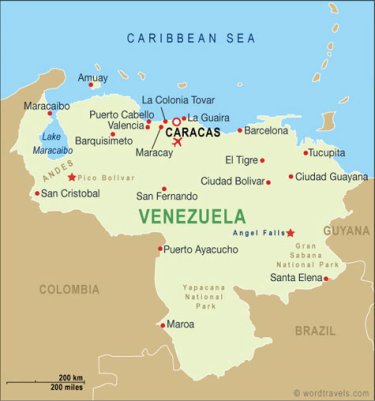
Introduction Venezuela has a population of around 29 million with 3.5 million living in the capital Caracas. It is a large country with great bio-diversity from the mountainous Andes in the west, extensive plains, Caribbean shoreline and islands, Orinoco river delta in the east, and Amazonian rainforests in the south. It borders Guyana in the east, Brazil in the south and Colombia in the west. There are 3 other cities with populations of over 1 million : Maracaibo; Valencia; and Barquisimeto. |
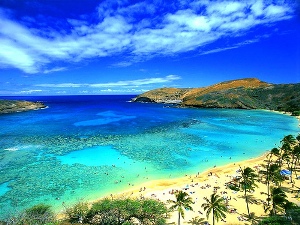 |
||
Economy Oil is the largest contributor to GDP with 80% of all exports and 50% of government income. Manufacturing of heavy engineering products like steel and aluminium are also good exports for the country. Not surprisingly, the United States and China are the largest export destinations, for both oil products and manufactured goods. There is ample electricity generated from the enormous Guri Dam which supplies the heavy industries, automobiles, electronics, food and drink sectors. Agriculture only represents 3% of GDP but employs 10% of the nation`s workforce and uses 25% of the country`s land. This low output means the country imports most of its food. The country`s dependance on oil revenues make it vulnerable to downturns in the sector as in the 1980s when the low oil price created major problems and high inflation and poverty levels. It also precipitated a banking crisis in the mid 1990s. Fortunately the increase in oil prices in later years restored the governments revenues to recommence important social spending within the country.
|
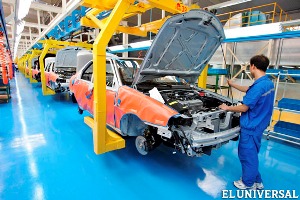 |
|
|
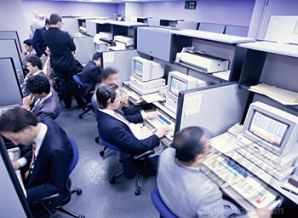 |
Caracas Santiago de Leon de Caracas is the capital city of Venezuela and is situated in a valley at about 3000 ft in the Cordillera de la Costa mountain range, about 10 miles from the Caribbean coast. It is a thriving city with a strong service industry bias with banks and the Caracas Stock Exchange, and commercial areas. The large petroleum company, Petroleos de Venezuela, is also based here, and controls and negotiates all the export agreements which are so important to the country`s economy. There are some excellent public plazas like Plaza Bolivar in the centre of the old town with a statue of Simon Bolivar, and Plaza Venezuela, at the entrance of the impressive university. Nearby is the amazing sound and light show of the computerised fountain, see video below. In common with many South American capital cities, there is a mixture of original Spanish colonial buildings surrounded by modern high rise architecture. The night life is vibrant, but real care is needed when out and about in this city at night-time.
|
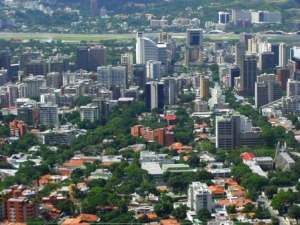 |
||
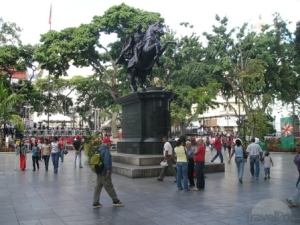 |
|||
History Christopher Columbus was one of the first Europeans to discover Venezuela towards the end of the 16th century, when the native indians were Carib, Arawak, and Chibcha. One story of the derivation of the country`s name is that it means `Little Venice`, because of the houses built on stilts in the area of Lake Maracaibo were reminscient of Venice. The capital, Caracas was founded in 1567 in a protected valley in the mountains, but not too far from the sea, so it could thrive on external trade. The South American liberator, Simon Bolivar was born in Caracas. He assisted Venezuela to become one of the first countries to achieve independence from Spain in 1821. |
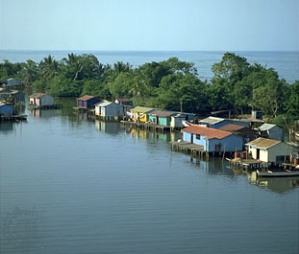 |
||
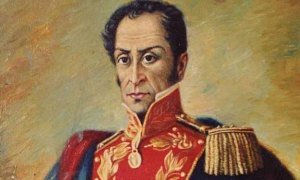 |
|||
Angel Falls At a height of 979m, Angel Falls in the Canaima National Park, is the world`s highest waterfall. The water flows off the edge of the Auyantepui mountain and is transformed into a mist due to the incredible height of the drop. It flows into the Kerep River before becoming part of the Churun and then Carrao Rivers. They were probably discovered by the Spanish explorer Fernando de Berrio in the 16th century, but remained unknown to the world until the American pilot, Jimmie Angel flew over them in 1933. They were later named after him in his honour. |
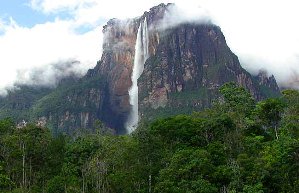 |
VIDEO OF PLAZA DE VENEZUELA FOUNTAIN SHOW, CARACAS, VENEZUELA
Other interesting South American countries like Venezuela
|
Copyright © and TM 2007-2024 fun-learning-spanish.com |
